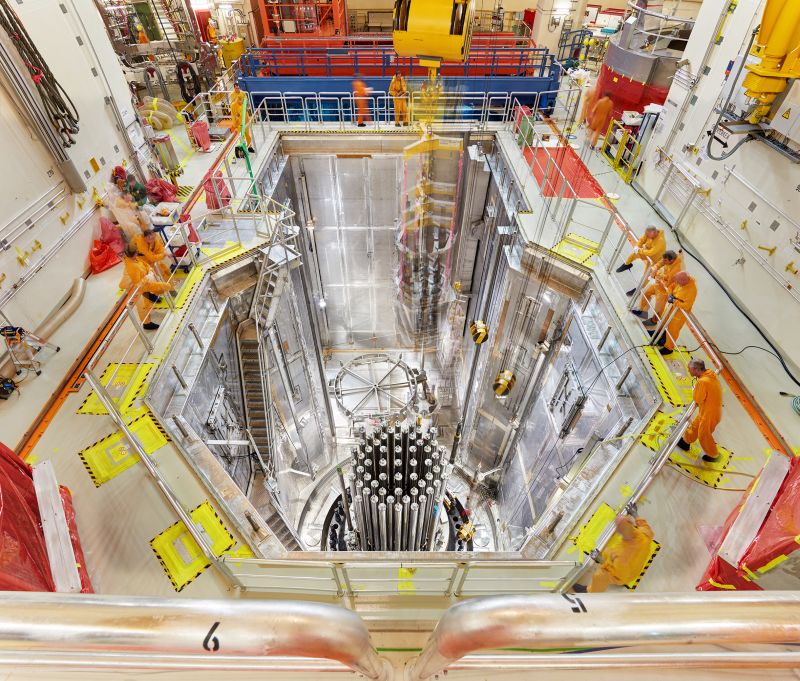The Hidden World of Atomic Energy
In an era of renewable energy, the remnants of Germany’s once-thriving nuclear power industry are fading into oblivion. However, the photographs by Bernhard Ludewig capture the essence of this hidden world, unveiling the intricate architecture and technology behind nuclear energy facilities.
Inside the Battered Infrastructure of Nuclear Power
Throughout Germany, many nuclear power plants have been decommissioned, yet their structures still stand tall, telling a story of innovation and adversity. The images illustrate various aspects of these facilities, from operational reactor rooms to desolate control centers.

Operational Structures: A Look at Functionality
The Grohnde Nuclear Power Plant, operational since 1984, continues to be one of the last facilities still in use. Moreover, the cooling towers and inner mechanics of this plant exemplify the engineering prowess that has characterized Germany’s approach to nuclear energy.

Decommissioned Facilities: A Glimpse into the Past
Many former nuclear plants, such as the Mülheim-Kärlich Nuclear Power Plant, have undergone significant changes over the years. The demolition of its cooling tower in 2019 highlights the transition away from nuclear energy and the challenges faced in handling such decommissioned sites.

A Focus on Technology and Training
In addition to power plants, Ludewig’s work captures training facilities that prepare personnel for working with nuclear technology. This is crucial, as expertise is needed for handling both current operations and future challenges related to nuclear energy.

The Narrative of Nuclear Energy: A Visual Documentation
Consequently, Bernhard Ludewig’s photography serves not only as an artistic representation but also as an important documentation of Germany’s nuclear energy journey. Through these images, we gain insight into both the complexity and the consequences of nuclear power in modern society.
Conclusion
While the future of energy production in Germany may shift towards renewables, the images of these once-dominant nuclear facilities remind us of their historical significance. Therefore, understanding this legacy is vital as the world navigates its energy transition.




